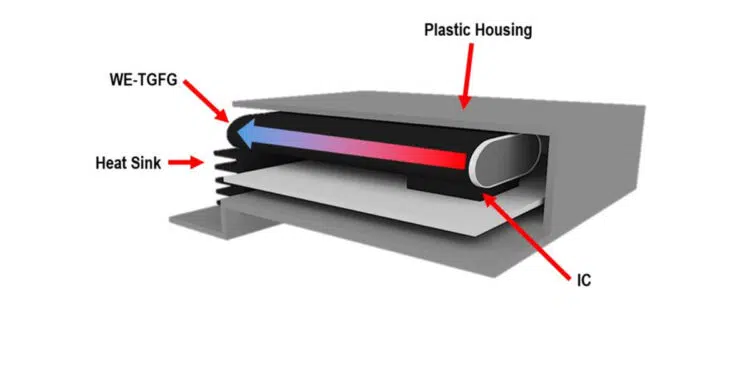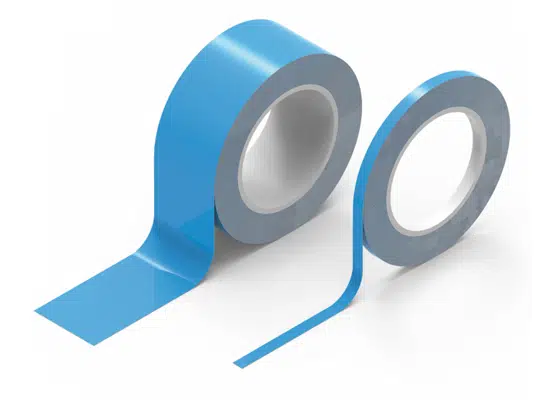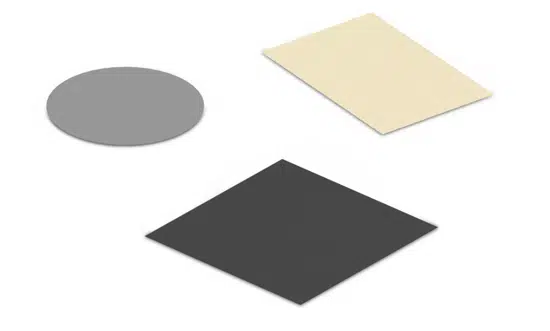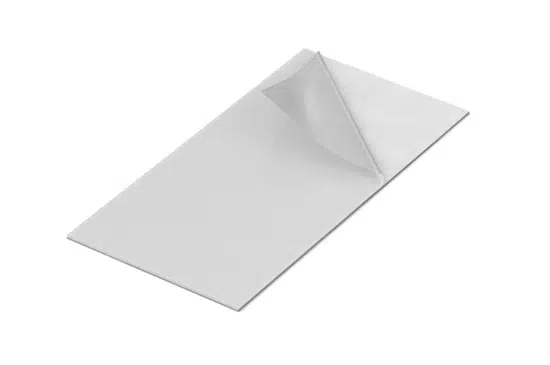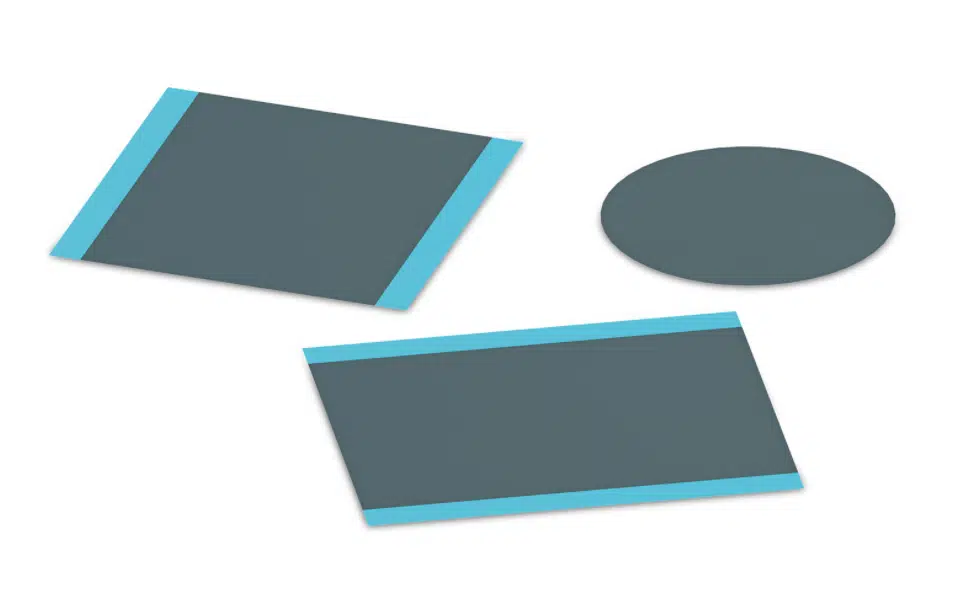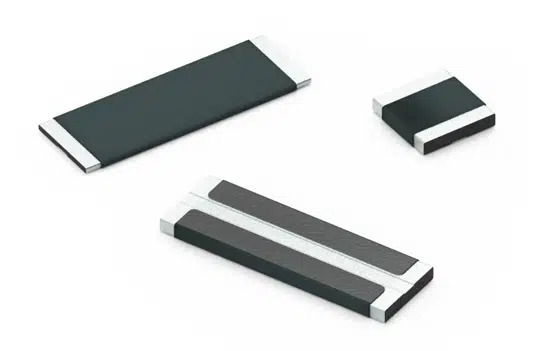Würth Elektronik is increasingly establishing itself as a one-stop shop for thermal interface materials (TIM). Current evidence for this is one series extension and five completely new product groups, which now offer an even greater selection of thermally conductive solutions for bridging between components and heat sinks. These also includes materials for distributing waste heat over larger surfaces. Würth Elektronik offers add-on services for all solutions, such as various forms of assembly and customer-specific deliveries without a minimum order quantity.
Depending on the level of power loss and the situation with layout and assemblies, there is a wide variety of ways to dissipate heat. Insulating gaps between hot components and heat sinks, or a housing must be bridged or avoided. Würth Elektronik now provides new solutions for this task.
Bridging the gap
WE-TTT is a thermally conductive and electrically insulating double-sided adhesive tape used for power semiconductors, graphics processors, chipsets, or memory modules. The ceramic particles in the adhesive confer a thermal conductivity of 1 W/(m⋅K). WE-TINS (Thermally Conductive Insulator Pad) is designed to provide the thermal interface between transistors and cooling assemblies while maintaining electrical insulation. The pads are supplied cut to size and feature high tear resistance.
WE-PCM (Phase Changing Material) is an easy-to-use alternative to thermal paste. The sheet liquefies under heat to perfectly compensate unevenness on contact surfaces that would otherwise cause an insulating gap. When it comes to larger gaps, WE-TGF has proven its worth. Würth Elektronik has launched further versions of these silicone pads which contain ceramics and can thus achieve up to 10 W/(m⋅K).
Enlarging surfaces
Peak performances in thermal conductivity of up to 1800 W/(m⋅K) in the horizontal axis is achieved with WE-TGS graphite sheet. WE-TGFG is a special variant of foam pads wrapped in graphite sheet and is used for heat conducting where silicone pads are not suitable or dimensionally stable, or individual shapes are required. The secret: WE-TGFG bodies conduct heat away laterally – a task for which copper heat pipes would otherwise be required, for example.
“You can find some similar products from other suppliers, but Würth Elektronik offers the entire spectrum of the best thermal interface materials – and in a developer-friendly way, combined with dependable Würth Elektronik service: individual advice, support and assembly,” says Sebastián Mirasol-Menacho, Product Manager EMC Shielding & Thermal Materials at Würth Elektronik eiSos.”




















